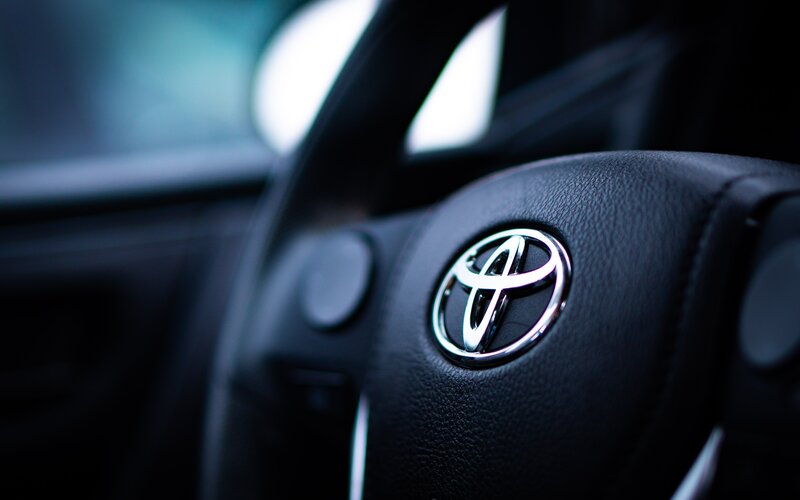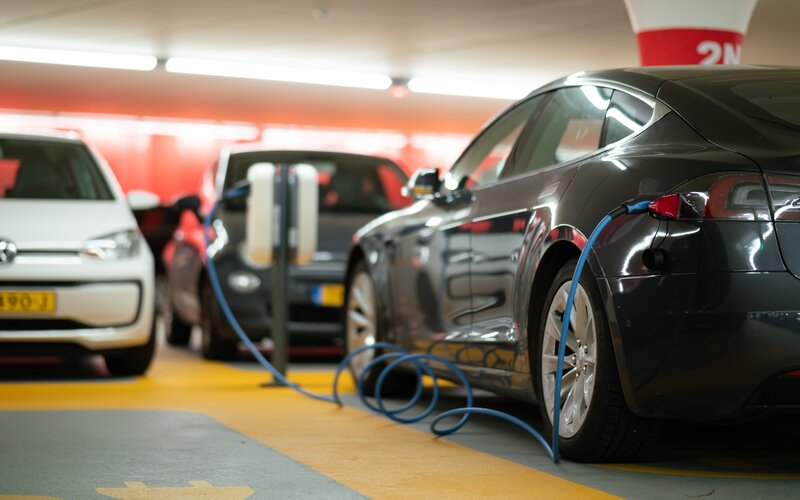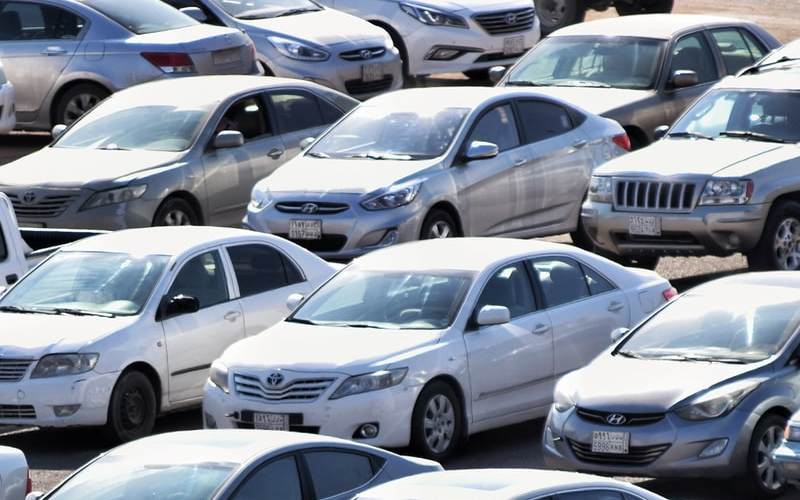Car loans with seven year car terms are increasing in popularity. This is because of one major factor - lower monthly repayments. Upgrades in safety tech and entertainment can be big motivators in upgrading your vehicle. So too can choosing a vehicle that can enhance your lifestyle, such as being able to tow a caravan or haul the kids to soccer practice.
With more advanced cars, however, comes a higher price tag. Most of the car loan decision boils down to finding the right balance of a suitable monthly/fortnightly payment to suit your budget, versus how much extra interest is palatable.
Making the right decisions can save you thousands in the long term. A seven-year car loan can look good on paper with the lower monthly payment, but you’re potentially paying thousands extra over the life of the loan in interest.
In the market for a new car? The table below features car loans with a seven-year term.
| Lender | Car Loan | Interest Rate | Comparison Rate* | Monthly Repayment | Interest Type | Vehicle Type | Maximum Vehicle Age | Ongoing Fee | Upfront Fee | Total Repayment | Early Repayment | Instant Approval | Online Application | Tags | Features | Link | Compare | Promoted Product | Disclosure |
|---|---|---|---|---|---|---|---|---|---|---|---|---|---|---|---|---|---|---|---|
5.99% p.a. | 7.12% p.a. | $438 | Variable | New | No Max | $8 | $400 | $36,801 |
| Promoted | Disclosure | ||||||||
6.28% p.a. | 6.28% p.a. | $442 | Fixed | New | No Max | $0 | $0 | $37,153 |
| Promoted | Disclosure | ||||||||
5.76% p.a. | 5.76% p.a. | $435 | Fixed | New, Used | No Max | $0 | $275 | $36,524 | |||||||||||
5.99% p.a. | 6.34% p.a. | $438 | Fixed | New | No Max | $0 | $250 | $36,801 | |||||||||||
6.25% p.a. | 6.52% p.a. | $442 | Fixed | New | No Max | $0 | $195 | $37,116 | |||||||||||
5.67% p.a. | 6.10% p.a. | $434 | Fixed | New | No Max | $0 | $0 | $36,416 | |||||||||||
9.49% p.a. | 10.93% p.a. | $490 | Variable | New, Used | No Max | $13 | $395 | $41,174 | |||||||||||
9.99% p.a. | 10.41% p.a. | $498 | Fixed | New, Used | No Max | $0 | $295 | $41,822 | |||||||||||
6.74% p.a. | 7.57% p.a. | $449 | Fixed | New, Used | No Max | $0 | $595 | $37,714 |
Pros of a seven-year car loan
1. Lower repayments
By far and away the biggest pro is a lower monthly repayment. This could help you balance out your personal budget more easily while still being able to attain a safe, modern and reliable vehicle.
A $50,000 car loan over seven years at 7% p.a. works out to be $755 per month. Contrast this with a three year term and that's $1,544 or around double.
2. 'Afford' a better car
Quite often the biggest question is not about the ultimate interest paid on the vehicle, but how the repayment factors into the household budget. A lower repayment might allow you to budget a bigger, safer, or better car for your lifestyle, while being able to stay on top of repayments and still balance the mortgage/rent and other household expenses.
3. Let inflation do the work
There is a term that can be difficult to wrap your head around, and it's 'inflate away the debt'. Put very simply, $30,000 five years ago was worth more than it is today.
While elevated inflation is generally a bad thing for household expenses, it can mean the opposite for debt. If the rate of inflation and your wage increases are more than the rate of interest (granted, that's a tough ask) you can come out ahead - theoretically anyway.
The longer the car term, the more inflation would have taken its hold.
4. Find a loan with extra repayments
Even if you're considering a seven year car loan, it's probably no secret that you'll be paying more interest. This is why it could be a good idea to look for a car loan with no penalty for extra repayments or paying off the loan early.
This will allow you to fall back to the lower minimum payment if you need, or make extra repayments when your budget can handle it. If you've received a bonus at work, a windfall, or you are living frugally of a month, you can pile the extra money into the car loan.
Cons of a seven-year car loan
1. More interest paid
The biggest downfall of a longer payment term is that more interest accrues over the life of the loan. So, you’ll have to weigh up short term gain against long term pain.
Consider a $50,000 car loan at 7% p.a. interest. Over three years, this results in $5,579 in interest paid. Compare this when stretched over seven years, and that's $13,389 interest paid.
Yes the repayments are lower, but at what cost? It's an argument of money saved now versus later.
2. Consider depreciation
One huge factor you may not have considered when you bought your car with finance is depreciation. Cars often lose a quarter or more of their value in as little as three years, and often hit the bottom of their depreciation curve by seven.
This is right when you might be coming out of the loan, and looking to either sell or upgrade again, by which point your car might be worth virtually nothing in the eyes of the lender or dealership.
If you picked a shorter loan term, you'd have paid less interest, which ultimately means more equity sooner, and the chance of selling your vehicle at a higher price.
This means that to get the best value out of your car loan you might need to pick the shortest loan term you can budget, and keep the car for as long as you can afterwards.
3. Higher risk of negative equity
Speaking of equity, negative equity is when you owe more on the car than it's worth. If you plan on keeping your car for the total loan term, this might not matter too much, but circumstances can change - e.g. you have kids and need to swap that convertible for a family SUV, or you need a ute for work.
The risk of negative equity is heightened for one major reason - the amortisation schedule. Amortisation is basically a fancy term that explains how much interest you pay versus the principal. You pay more in interest at the start, and more of your principal at the end of the loan term.
A longer loan term effectively pushes the boat out for longer, taking you longer to build equity/pay off more of the principal.
If you borrowed $50,000 over seven years at 7% p.a. interest, this is what it would look like
Amortisation schedule - 7 years
|
|
Beginning Balance |
Interest |
Principal |
Ending Balance |
|
1 |
$50,000.00 |
$3,318.26 |
$5,737.30 |
$44,262.64 |
|
2 |
$44,262.64 |
$2,903.49 |
$6,152.07 |
$38,110.52 |
|
3 |
$38,110.52 |
$2,458.75 |
$6,596.81 |
$31,513.67 |
|
4 |
$31,513.67 |
$1,981.87 |
$7,073.69 |
$24,439.93 |
|
5 |
$24,439.93 |
$1,470.50 |
$7,585.06 |
$16,854.83 |
|
6 |
$16,854.83 |
$922.18 |
$8,133.38 |
$8,721.40 |
|
7 |
$8,721.40 |
$334.21 |
$8,721.35 |
$0.00 |
As you can see, you are paying significantly more interest at the start, versus at the end. Paying off the principal essentially means you are building equity in the vehicle.
Heading into year three, you'd build less than $12,000 in equity on a $50,000 vehicle, or less than a quarter. If you had to sell the car in year three, it might have lost a third of its value, which could plunge you into negative equity.
If you sell or write off a car and receive $30,000 and you owe $40,000 on the loan, you still need to pay that extra $10,000 out of your own pocket. If you've insured at market value, insurers tend to give a conservative payout of the car's value. For more info, you can read our guide to selling an encumbered car.
There is a type of insurance called ‘car gap’ or motor equity insurance that covers this shortfall in the event of a write-off, but that’s another policy you will have to pay every month, so weigh up if it’s worth it.
4. Seven years might be too long
According to the ABS the average age of vehicles on the road was 10.6 years. This encompasses vehicles like trucks, and used cars. This is different to the length of ownership - when was the last time you had a car for 10 years?
Seven years is a long time in the car world. Think of how far vehicles have come in seven years, and ask yourself if you want to hold on to a vehicle for that long. Generally speaking, to get the best bang for buck out of your car loan, you need to stick with it for the entire length, and keep the car for some time after.
First published on May 2020
Photo by Corey Serravite on Unsplash










.jpg)

 Denise Raward
Denise Raward
 Harry O'Sullivan
Harry O'Sullivan

 Jacob Cocciolone
Jacob Cocciolone


